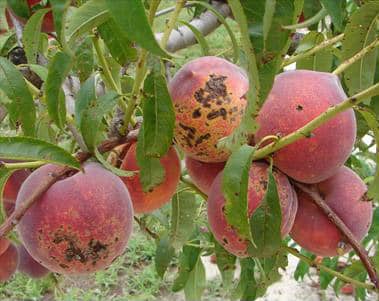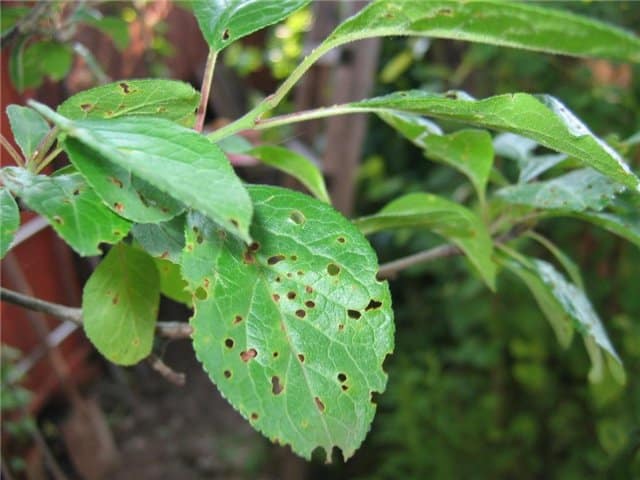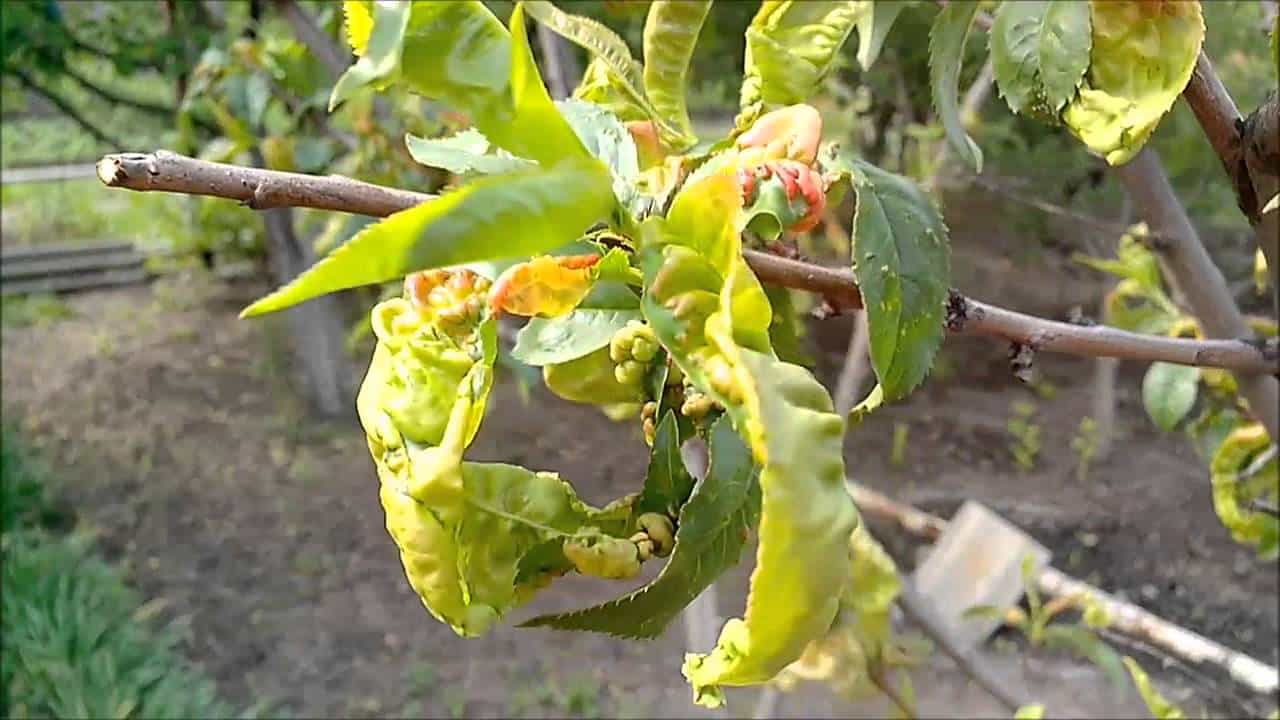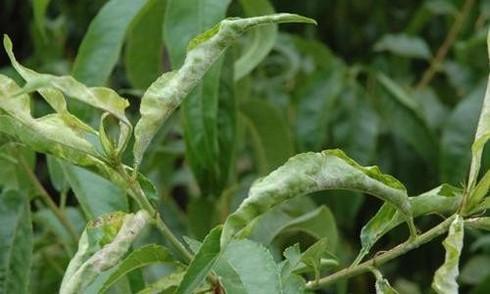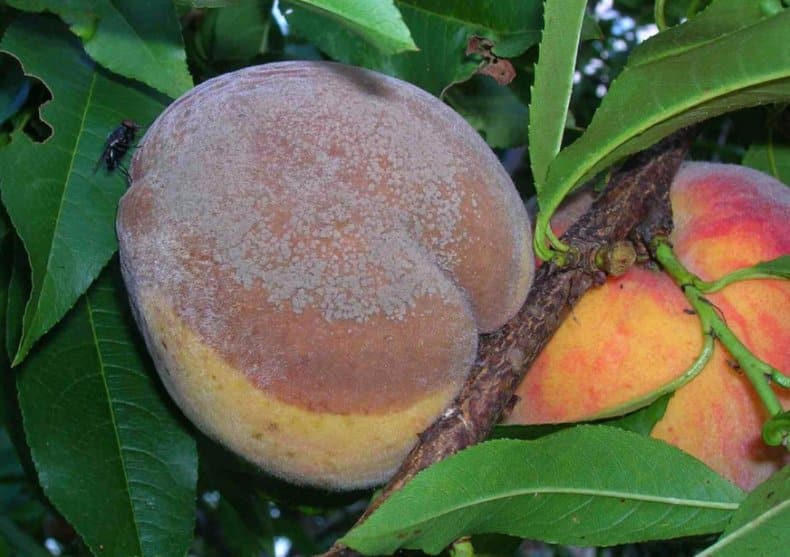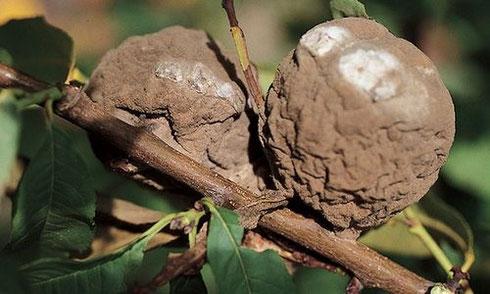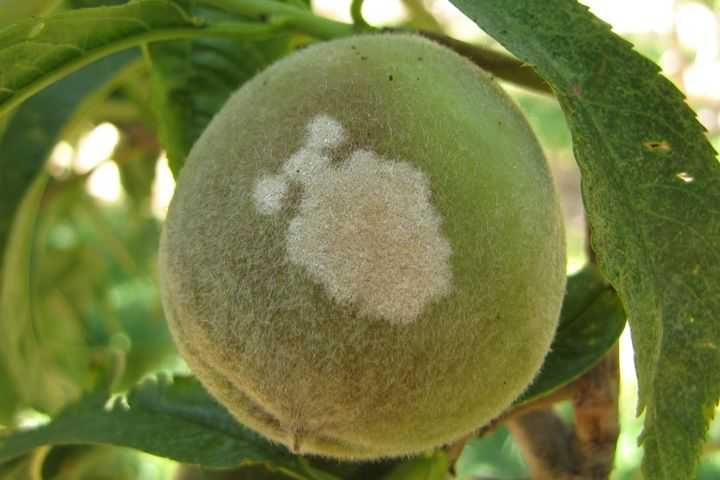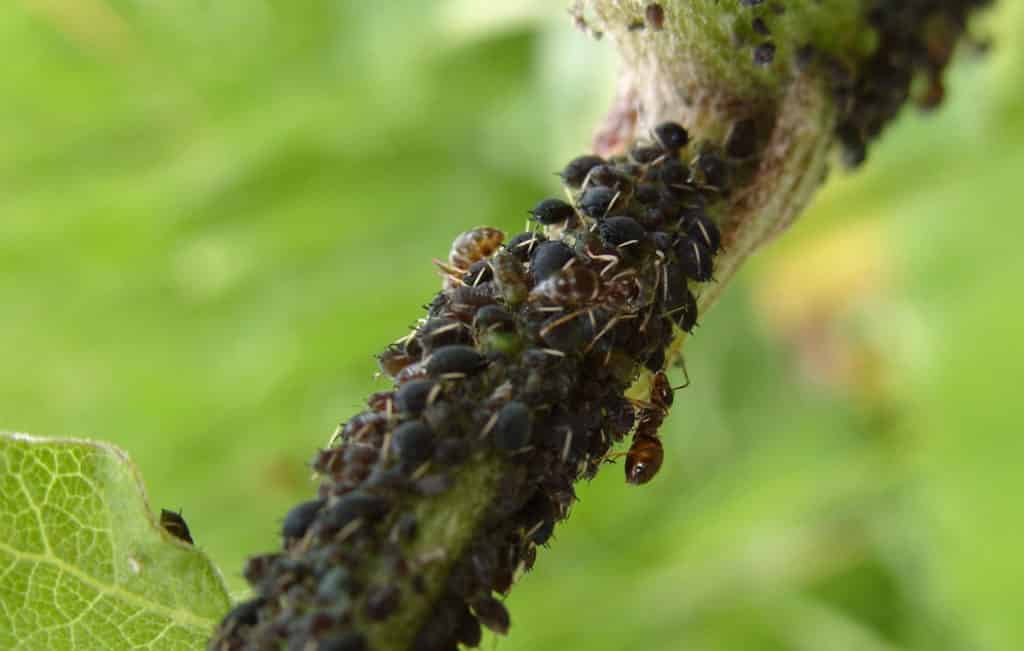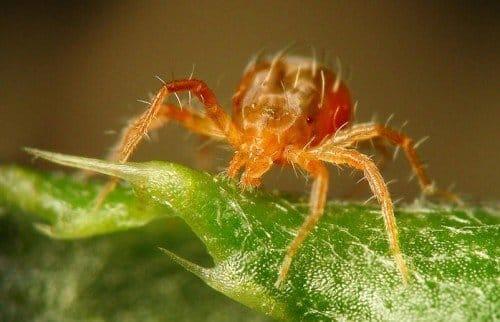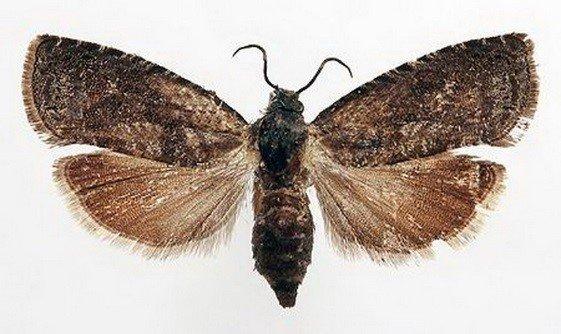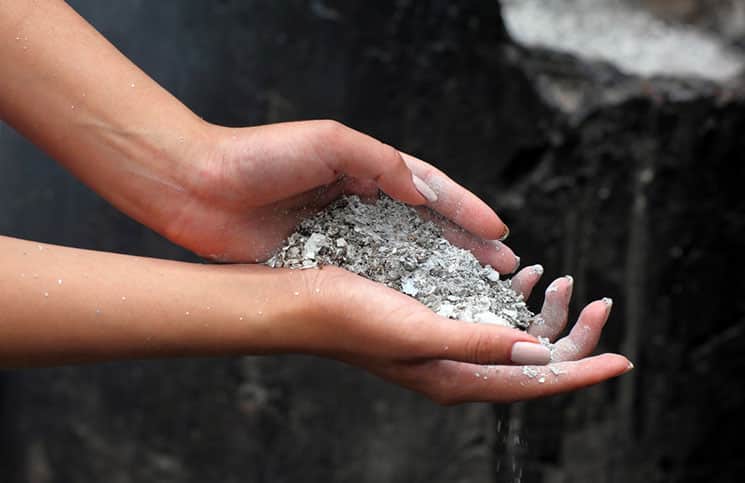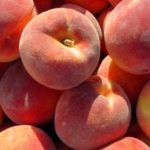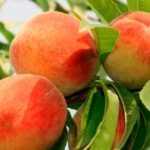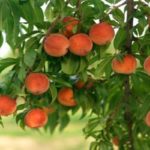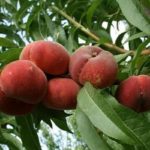Peach, a symbol of tenderness and exquisite taste. Fresh and canned, sweet and juicy, they appeal to many people. And thanks to global warming and the painstaking work of breeders, peach trees are growing in places where we never dreamed of growing them before. Controlling pests and diseases of peach is a necessary condition for obtaining a good harvest.
- Which varieties are disease resistant?
- Symptoms and treatment of diseases of peach and peach trees
- Leaf diseases
- Clusterosporiosis (hole spotting) of peach
- Curly
- Coccomycosis
- Chlorosis
- Scab
- Diseases of the trunk
- Gum treatment
- Cytosporosis
- Fruit diseases
- Moniliosis
- Fruit rot
- Powdery mildew
- Pests and their control
- Aphid
- Flower weevils
- Ticks
- Fruit moth
- Eastern moth
- Shchitovka
- Popular drugs for pest and disease control
- Folk recipes
- Professional products
Which varieties are disease resistant?
In order for peach trees to produce a good harvest, you should choose zoned varieties, form the crown correctly, and, if necessary, cover the plantings for the winter.
It is better to plant peach in areas protected from the wind, away from water. The plant is often affected by diseases and pests, so it needs proper care. The most popular and delicious varieties are:
- Cardinal, which received the highest score for the taste of large (up to 150 grams) fruits; able to resist diseases and pests, suffers in the event of recurrent frosts; variety with medium ripening periods;
- Veteran, a well-known variety of Canadian selection, is resistant to diseases and frosts, the fruits are large (up to 130 grams), with aromatic and tender pulp;
- Kremlevsky - bred by domestic breeders, can grow in the gardens of the Middle Zone, adapts to any weather conditions, is resistant to diseases and frosts;
- White Swan is a mid-early variety with high disease resistance and yield, suitable for cultivation in Central Russia.
Late-ripening varieties are well transported and have excellent taste, but can only grow in the southern regions. These include Veteran, Jaminat, Frost.
Symptoms and treatment of diseases of peach and peach trees
Diseases and pests attack the fragrant fruits, leaves and trunk of the tree. Timely, proper treatment can protect plantings and preserve the harvest.
Leaf diseases
There are several of them, all of them can destroy the peach; the plantings need immediate treatment.
Clusterosporiosis (hole spotting) of peach
A fungal disease characteristic not only of peaches, but of all stone fruit horticultural crops. The fungus affects all parts of the plant: buds, leaves, flowers and ovary, even young shoots. Leaves that become covered with red-brown spots are especially affected. The leaf tissue in this place becomes thinner and dies. Holes with a characteristic reddish border appear on the leaves.
Lack of treatment leads to the spread of the fungus, affecting shoots and even peach fruits. Then red-brown spots form on their surface.
Curly
It is also caused by a fungus. This is the most common disease that affects peaches. The marsupial fungus, the causative agent of the disease, overwinters in cracks in the bark, inside the buds of the fruit tree. In spring, the disease spreads and affects young buds and leaves.
The leaf tissue swells, first becoming light green, then reddish, and then brown.
The swellings become covered with a waxy coating, after which the bubbles dry out, the leaves become thicker and turn black. The tree sheds its leaves and does not bear fruit. The fruits do not grow, the affected leaves curl and fall prematurely. A tree that has lost its leaves becomes defenseless and may die with the onset of cold weather.
Coccomycosis
With this fungal disease, very small red dots appear on the leaves, which then merge into large lesions. The gray or pinkish bumps on the back of the leaf contain fungal spores. The fungus needs warm, humid weather to spread. Coccomycosis mainly affects weakened trees.
Chlorosis
A disease caused by a decrease in iron content in the tissues of a garden plant, a violation of photosynthesis, in which the production of chlorophyll decreases.The disease manifests itself as premature yellowing of the leaves, while the veins remain green.
The leaves become smaller, curl at the edges, fall off, the root system suffers, in severe cases the tree stops bearing fruit, and young shoots die.
Scab
A disease that affects leaves, fruits and young shoots of peach. Light spots appear on the leaves and they fall off prematurely. When affected, fruits become deformed and become covered with black crusts. The young bark of the shoots cracks, they stop growing and dry out.
Diseases of the trunk
The trunk of a peach tree is also susceptible to various diseases.
Gum treatment
Peaches are characterized by gum disease, when a thick dark substance appears on the branches and trunk of stone fruit trees. The process can begin after a frosty winter, as a result of improper pruning or damage by pests (caterpillars and beetles). Sometimes gum deposition begins due to excessive watering or planting on clay soil.
Cytosporosis
This is a fungal infection of the bark of a fruit tree. It dries out, cracks, the affected area of the peach turns yellow, and gum begins to secrete. The disease is spreading; If left untreated, individual branches or the entire tree dry out completely.
Fruit diseases
Peach fruits are also prone to diseases if not properly cared for.
Moniliosis
Gray mold or moniliosis is a disease characteristic of all stone fruits. It is especially dangerous for peach if its flowering coincides with warm, rainy weather. This is a fungal disease, the causative agent of which overwinters in small fallen twigs. First, the flowers of the plant are affected; they dry out, but do not fall off, continuing to infect the tree.
Then the ovaries and fruits are affected.The resulting small black spot grows, and the mold completely affects the fruit. Rotten fruits wrinkle, dry out and fall off.
The infection can be carried by garden pests, it is transmitted from an affected fruit to a healthy one, and insects are often the cause of moniliosis.
To save the harvest, you need to know how to deal with moniliosis. For prevention, the tree is pruned before and after flowering and treated with suitable fungicides (Chorus, Topaz, Topsin).
Fruit rot
A fungal disease that affects fruits. It is activated when they become small in size (about the size of a walnut). The fruits stop growing, begin to rot and fall off. In a short period of time, you can lose the entire harvest. This is the simplest answer to the question of why peaches rot right on the trees. If fruit rot is noticed on a tree, the affected fruits are destroyed and the plant is treated with fungicides, sometimes several times, depending on the stage of maturity.
Powdery mildew
A fungal disease in which first the leaves, and then the young shoots and fruits of the tree become covered with a white coating. The affected leaves resemble a boat, the fruits begin to crack, and from a distance they look like they have been sprinkled with flour. The dots first appear on the underside of the leaves. The white spots increase in size, then the leaves fall off, the shoots turn black, and the fruits rot and crumble.
What to do to avoid losing a fruit tree? To combat the disease, pruning is carried out, tree trunks are dug up, and fungicides are sprayed in spring and autumn.
Pests and their control
In addition to diseases, the plant is affected by pests. They also need to be fought.
Aphid
Its invasion begins in early May and can continue until harvest.The pest is easy to notice on the leaves - these are small insects of black, green or white color. They cover the buds with honeydew and, if unprotected, form huge colonies on the peach tree in a short period of time. For protection, the tree trunk circle is cleared of weeds and dill or other herbs with a spicy aroma are planted around the peach. In case of severe damage, the tree is treated with folk or chemical means.
Flower weevils
A small beetle (about 5 millimeters) with a long proboscis that destroys flowers. They fall off and the tree does not bear fruit. Weevils rise on branches in the spring, after the soil warms up to +10 °C. When the temperature drops by 3-5 °C, the beetles fall into torpor. On an early spring morning, you can simply shake them off the tree onto a cloth spread below and burn them.
If necessary, you need to treat the plant with suitable insecticides.
Ticks
Ticks are difficult to notice; their appearance is signaled by the cobwebs that appear on the tree. They are destroyed by spraying trees with infusions of chamomile, tansy, and tobacco. In severe cases, insecticides are used. If the plantings are not protected, the leaves affected by the mite dry out and wither, the peach may die, in addition, the pests on the web are moved by the wind to other trees.
Fruit moth
She eats leaves, buds, even the seeds of young peaches. The pest overwinters under the bark. Activated during the budding period. The first line of butterflies appears in June. A second wave of the pest is possible in August.
Eastern moth
A very dangerous pest that can attack most garden trees. The pupae overwinter under the bark; after the temperature rises to + 15 °C, brown butterflies with wide wings are born.They lay a large number of eggs, from which caterpillars emerge after 6-12 days.
The caterpillar very quickly eats the leaves, flowers and fruits of the plant, completely destroying the crop.
Shchitovka
A harmful insect settles on the bark of a tree. The body, covered with a dense shell, can reach 7 millimeters. The result of its activity is: withering of leaves, the appearance of red dots on peaches, loosening of the bark and wilting of young shoots.
Popular drugs for pest and disease control
In order for a peach to take root in the garden and delight you with the harvest, it needs a sunny place protected from the wind. The tree is regularly pruned, damaged and old bark is cleaned off, the trunk is whitened, including the lower, largest branches. The tree trunk circle is promptly cleared of weeds, fallen leaves, and small branches. It is dug deep; it is useful to sprinkle it with wood ash.
The tree must be regularly treated to protect it from diseases and pests. When choosing what to treat with, you need to remember that traditional methods of exposure are safer, and industrial ones are highly effective.
Folk recipes
To protect against pests, spraying the tree with tobacco infusion is suitable. Use 40 grams of raw material per liter of water. Insist for 2 days. Then filter and add a little laundry soap so that the solution does not roll off. The product is effective against aphids and ticks; Infusion of tobacco dust is used for curly hair.
For pests, use a solution of celandine. 1 kilogram of dry grass is soaked for 36 hours in a bucket of water, which is tightly closed with a lid. The solution is then filtered and used for spraying. Helps against caterpillars, aphids, moths.
Professional products
To combat peach diseases, Bordeaux mixture is used (treatment is carried out in autumn and early spring). “Horus” protects the tree from fruit rot, coccomycosis, and clasterosporiasis. “Topaz” is used to treat powdery mildew and fruit rot. "Skor" prevents coccomycosis, leaf curl, and kleasterosporiosis.
The treatment is carried out using protective equipment (goggles, gloves, apron) in strict accordance with the manufacturer’s recommendations. The peach is a capricious fruit tree, but patience, experience and love for your own garden will definitely be rewarded with an excellent harvest.

